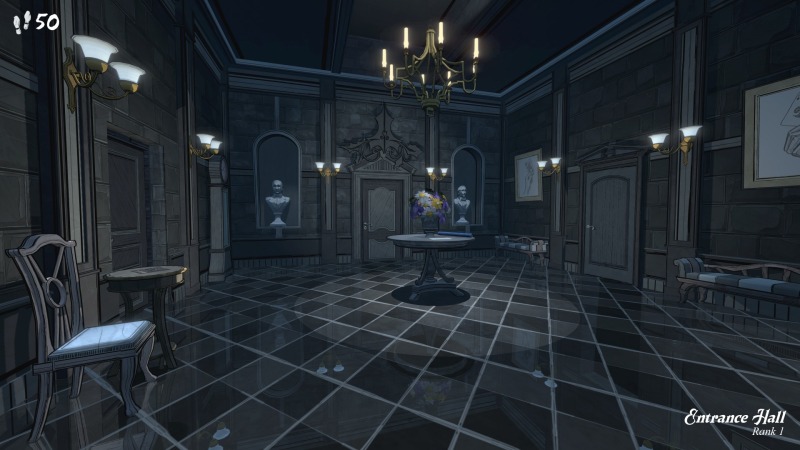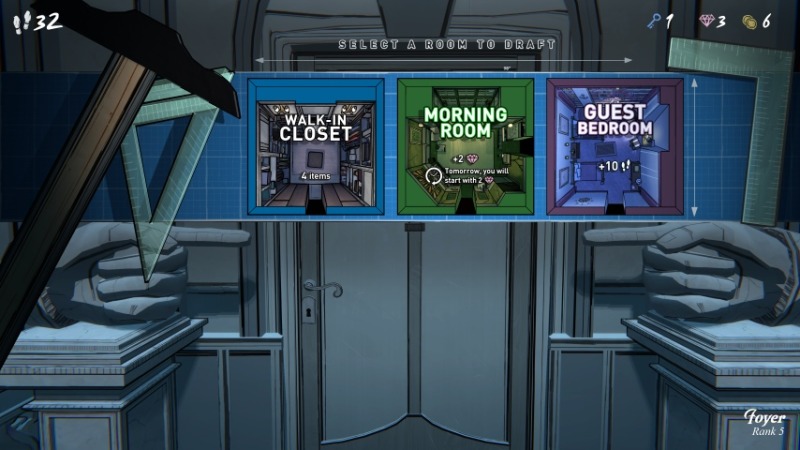Blue Prince Builds Its Mystery One Room at a Time

Knowing too much about Blue Prince kinda ruins the fun, but I can still confirm a few things right here: yes, that name is a pun; yes, the pun really sucks; no, you shouldn’t skip the game entirely just because of that—although you’d be excused if you wanted to. I’m sure you love something that has an even worse name, so suck it up. You’ll be glad you did.
Dogubomb’s new game is a puzzler, in more ways than one. It’s a puzzle game, but one whose most basic rules and structure are hard to explain, and one that doesn’t start to make much sense until after you’ve been playing it for a while—and even then still makes way less sense than you might hope it will. It’s a jumble of genres and inspirations, a jigsaw in its construction (but not in how it’s played), with different mismatched pieces forced together to form a surprisingly coherent whole. It’s about a house that sure ain’t no home. It’s an ambitious polymath that defies simple description, and that’s why you’ve already seen an entire textbook’s worth of articles about it online this week: it’s the kind of game critics love talking about, partially because talking about it is so damn hard. But hey, let’s take a crack.
Blue Prince is a country house mystery inside of an architecturally-themed “roguelite” deck-building game, and I don’t blame you if your eyes are already glossing over at all that jargon. At its most basic Blue Prince is about exploring a mansion, one whose layout changes every day, with you playing an active part in choosing the specific rooms. The house is a rectangular grid, nine rows of five rooms each, with the middle room on the top and bottom rows the only two that stay the same every day. The other 43 rooms are blank spaces waiting for you to fill them in; whenever you enter a room for the first time on a new day, you’re given three types of rooms to pick from (like, say, a bedroom, or a hallway, or a boiler room), and that room will stay in that same spot for the rest of the day. The goal is to get to that middle room on the house’s northernmost row—the antechamber, it’s called, presumably because it’s the last room you see before the game’s conclusion. Every time you enter a room you lose one piece of energy, though, and you can only lose so many before you get all tuckered out and have to turn in for the night. You start with 50 of them, and although you can replenish some throughout the day, if you run out of energy before you reach the antechamber, the day will end. You’ll restart from scratch the next day, with the house’s entire layout being wiped away, and without keeping whatever items you picked up the previous day.

-

-

-

-

-

-

-

-

-

-

-

-

-

-

-

-

-

-

-

-

-

-

-

-

-

-

-

-

-

-

-

-

-

-

-

-

-

-

-

-








































